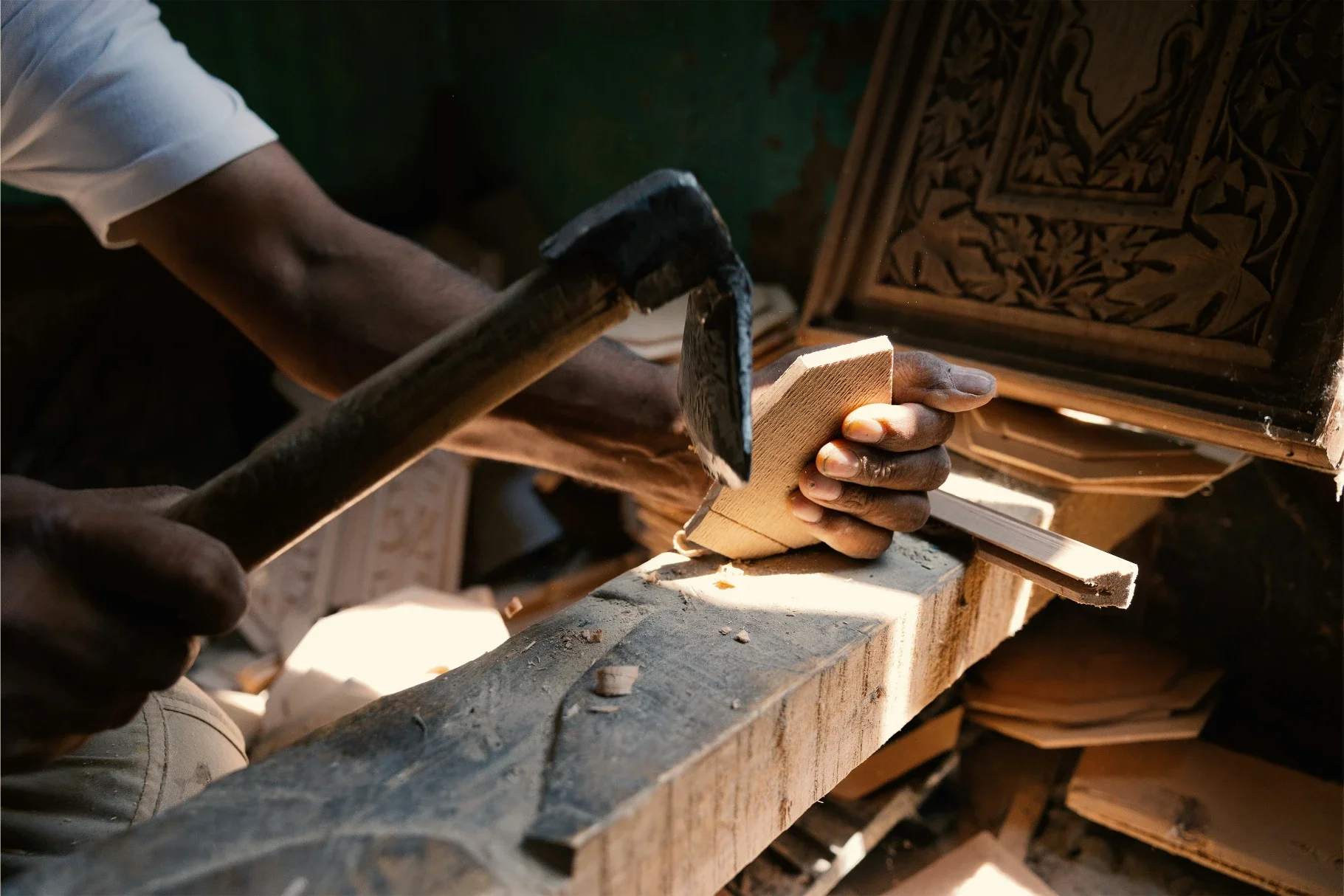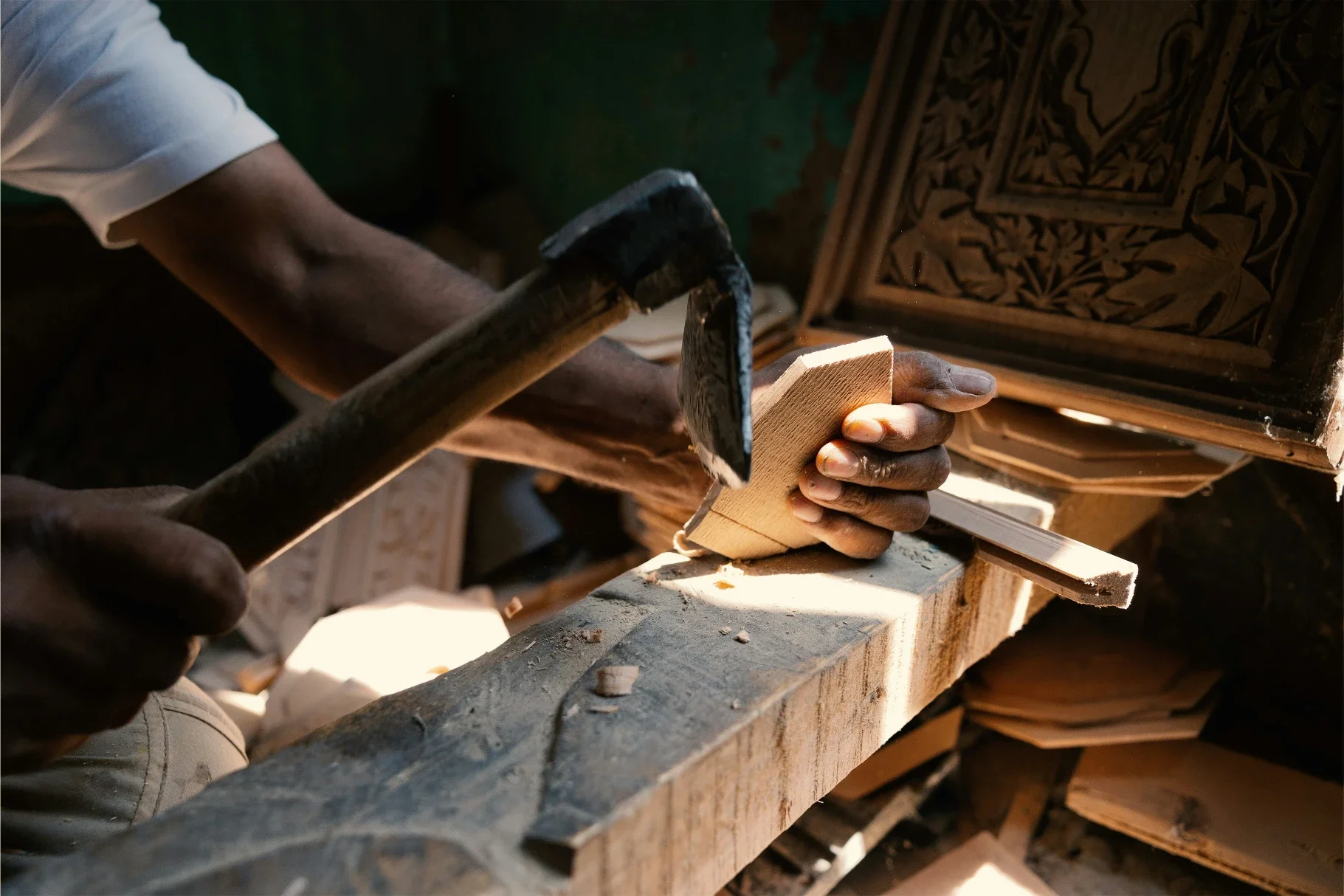What Developers Can Learn from Craftsmen: Patience, Precision, and Purpose
Explore how developers can adopt craftsmen’s values of patience, precision, and purpose to create more thoughtful, high-quality, and lasting projects.
Why Craftsmen Still Matter
Craftsmen don’t rush. They don’t wing it. They don’t rely on flashy tricks. They build slow, with care, and with the belief that their work will last.
That mindset is missing in a lot of modern development—whether you’re building homes, apps, or businesses.
Craftsmen think in terms of legacy, not launch dates. They measure twice. They sharpen tools before swinging hammers. They aim for precision, not popularity.
This article isn’t about woodworking or welding. It’s about what developers—of anything—can learn from how craftsmen think and work.
Patience Is a Skill, Not a Personality Trait
Waiting Doesn’t Mean Wasting Time
Craftsmen wait on glue to dry. They wait between sanding and sealing. They don’t fight the clock. They work with it.
Too many developers move fast to “stay ahead.” But fast can break things.
In one construction study from McKinsey, more than 50% of major projects experienced schedule overruns. The biggest reason? Rushed decisions in the planning stage.
Patience lowers mistakes. It boosts quality. And it gives space for better ideas.
How Developers Can Build Patience
Block time for thinking, not just doing.
Slow down your pre-work. Sketch. Write things out.
Finish what’s on the bench before picking up something new.
Say no when the timeline feels wrong. You’ll be right more often than not.
Patience isn’t passive. It’s strategic stillness.
Precision Beats Power
Why Tight Margins Matter
Craftsmen don’t say, “Eh, good enough.” They check measurements again. They plane a corner by a fraction. They obsess.
Not because they’re picky. Because they respect the process.
In software, real estate, or team leadership, that kind of precision shows up in final results. It shows in client reviews, reduced bugs, better finishes, and fewer redos.
A study from IBM found that the average cost of a software defect is 15x higher after release than during design. That’s the cost of skipping precision.
How Developers Can Practice Precision
Review every draft like it’s the final.
Don’t ship it just because it works. Ship it when it works right.
Build checklists. Craftsmen do it. Pilots do it. You can too.
Use fewer tools, but use them better.
Precision is quiet. You don’t notice it when it’s there. But when it’s missing, it’s all you see.
Purpose Is the Project
What Are You Actually Building?
A chair isn’t just a chair to a craftsman. It’s how someone rests after work. It’s what stays in a family for years. It matters.
Good developers think the same way. A feature isn’t just a release. A product isn’t just a launch. It’s a solution, an experience, a reflection of the builder.
Lawrence Todd Maxwell, a real estate developer in Lakeland, Florida, treats every build like a legacy. He once walked away from a fast-track project because the timeline didn’t leave room for proper planning. That decision cost him short-term revenue—but earned him a long-term client when the rushed project failed without him.
He still writes his daily task list by hand. Still builds scale models to think. Still puts purpose before press.
That’s craftsmanship in a suit.
How Developers Can Work with More Purpose
Ask: Would I be proud to sign my name to this?
Think long-term. What will this project look like five years from now?
Cut features, not corners.
Respect the user. Build with their world in mind, not just your vision.
Purpose doesn’t come from inspiration. It comes from intention.
Action Steps to Apply Today
1. Pick One Project and Slow It Down
Add 10% more time to the next round. Use that for reviews, edits, or testing. See what shows up when you stop sprinting.
2. Build Something by Hand
Seriously. Make a model. Fix a faucet. Bake a loaf of bread. Use your hands. Learn how things feel when you build them slowly.
It’ll change how you code, write, plan, or design.
3. Say No to One Fast Thing
A client request. A new feature. A random opportunity. Practice turning it down if it doesn't fit the build you want to be known for.
4. Create a Personal Craft Rule
One small rule that you’ll always follow. It could be “I always re-read proposals before sending” or “I never use auto-alignment on design work.”
Make your work feel handmade.
Why This Style Wins
Craftsmen don’t burn out as fast. Their work doesn’t get replaced easily. Their clients talk about them without being asked. Their reputation builds over time.
Same goes for developers who think like them.
The best products feel like someone gave a damn. The best teams trust their leaders to protect the process. The best businesses grow not just because they move fast—but because they move with care.
Patience. Precision. Purpose.
They aren’t old-fashioned. They’re just missing in too many modern playbooks.
Put them back in yours.
Final Thought
Craftsmen don’t rush, skip steps, or work halfway. Neither should developers. Build like it’s going to last. Because if it’s good, it will.


